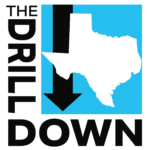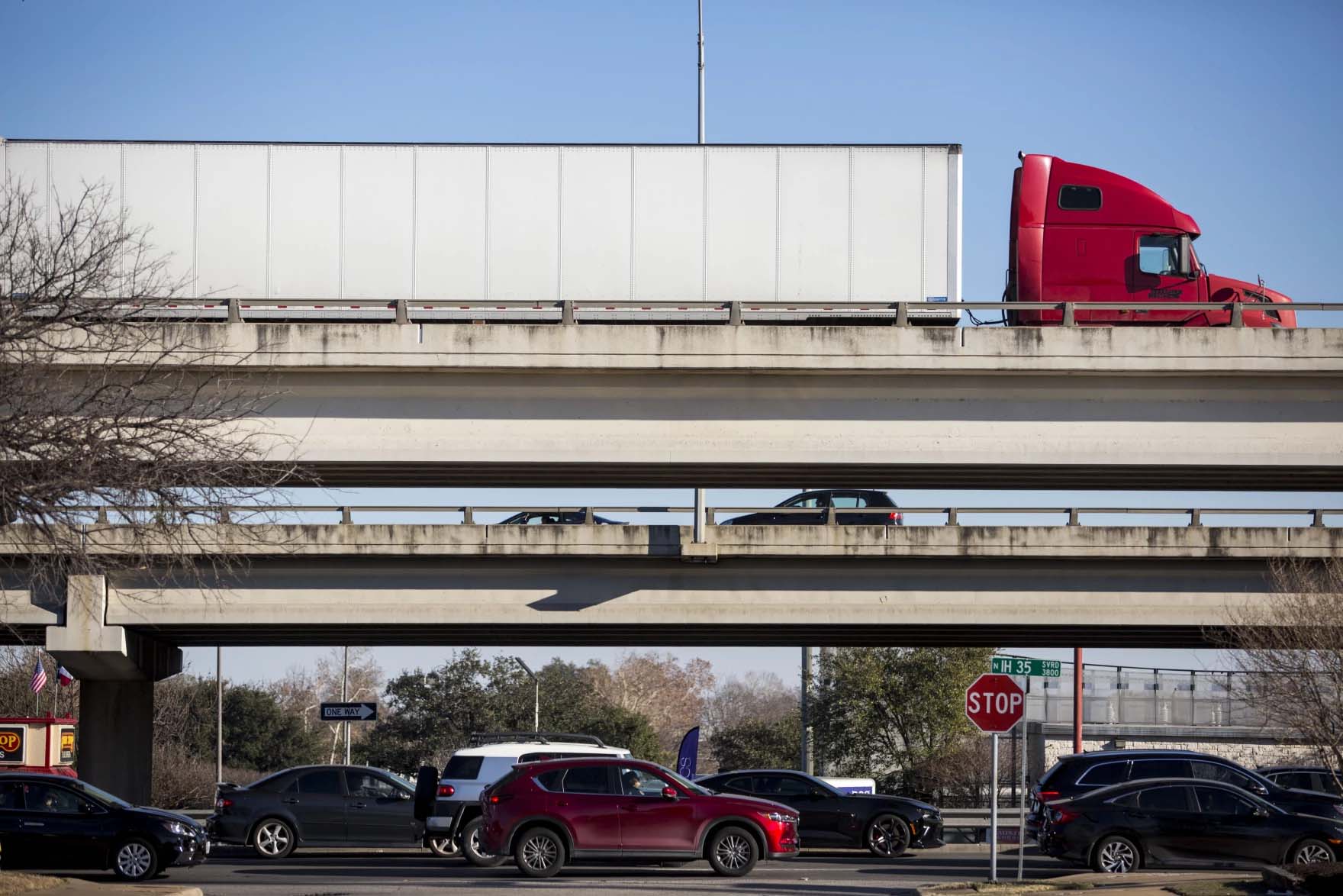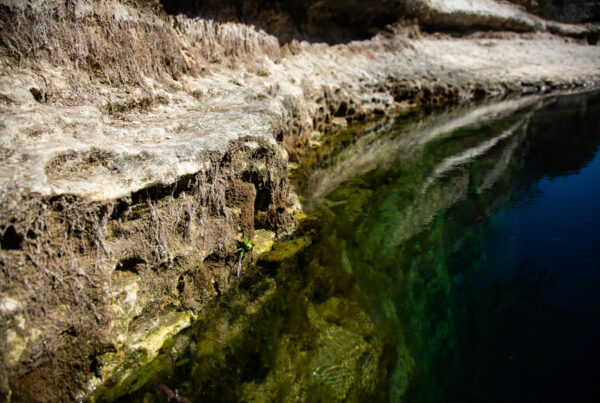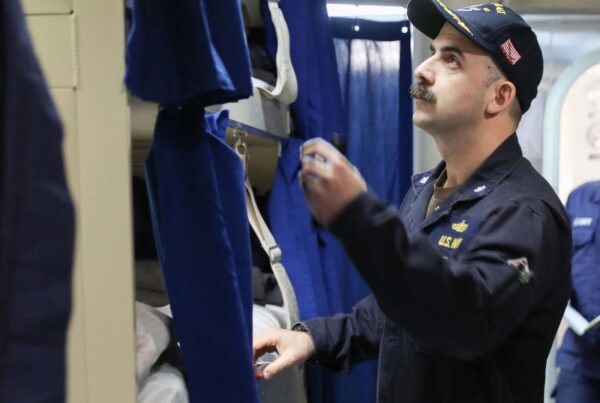Interstate 35 is one of the major north-south routes that cuts through America’s heartland, connecting major cities like Dallas, Oklahoma City, Minneapolis-Saint Paul.
It’s also the source of major traffic headaches, especially in Austin, where it will soon undergo a major expansion – a $4.5 billion project that could take a decade to finish – that includes new managed lanes, tearing down the upper decks near the UT campus, and a whole lot more.
 In this latest installment of The Drill Down, a monthly feature highlighting investigative and enterprise journalism from The Texas Newsroom and our public radio partners across the state, we spoke with KUT News transportation reporter Nathan Bernier. He’s been following the project’s many developments over the years, and he’s just published a comprehensive look at what the construction will entail.
In this latest installment of The Drill Down, a monthly feature highlighting investigative and enterprise journalism from The Texas Newsroom and our public radio partners across the state, we spoke with KUT News transportation reporter Nathan Bernier. He’s been following the project’s many developments over the years, and he’s just published a comprehensive look at what the construction will entail.
This transcript has been edited lightly for clarity:
Texas Standard: What are some of the biggest changes happening to I-35 here?
Nathan Bernier: Well, you touched on a couple of them: adding two managed lanes, or high-occupancy vehicle lanes, in each direction. But they’re going to increase the number of general purpose lanes – your standard non-high-occupancy vehicle lanes – at various points.
Of course, tearing down those elevated lanes known as the upper decks, but also sinking the main lanes 30 to 40 feet below ground level through downtown. And that’s going to give the city and the University of Texas a chance to spend hundreds of millions of dollars, if they can come up with the money, to cover those lanes, essentially tunneling them through parts of downtown Austin.
And some other changes as well, such as narrowing the main lanes and the managed lanes from 12 feet to 11 feet wide. And there’s so many pieces to this – you know, we could talk for an hour about it – but those are some of the big changes coming to I-35 through Central Austin, that eight-mile stretch.
» The Drill Down: Investigative and enterprise stories from across Texas
One aspect of all this that has a lot of folks upset is the displacement of people and businesses. This project, as I understand, is going to force out more than 100 homes and businesses. I gather you’ve been talking to some of those people who may be driven out. What are you hearing?
Yeah, that’s one of the main things we wanted to do with this story is to find out who’s affected by it, who’s being impacted. Whether you support the expansion or not, there are harms being done to people along the project length.
And so it’s really just a matter of looking at property tax records and looking at TxDOT documents and just walking up and down the frontage roads to try and find people who are being told they’re going to have to leave. We have a series on that called Driven Out.
One person I spoke to recently is named Carl Judd. He lives in a Deluxe Inn motel right on the highway that’s going to be torn down to create a construction staging area where highway building machines and equipment can be stored. He’s lived in this motel for 11 years and is 69 years old; he’s on Social Security, and he doesn’t know what’s going to happen next.
“What am I going to do? No idea. No idea at all. Because I need a place where – I’m older; I’m set in my ways. I smoke cigarettes. I drink beer,” he said. “I’m entitled to three months notice and possibly relocation expenses, which would be helpful because it’s going to be really difficult to find an apartment for $1,000.”
Austin has the highest rents in Texas, so finding an affordable place near public transit is going to be hard for him.
Let’s talk a little bit about how you went about reporting this story. It’s such a huge topic. How did you approach it? You mentioned that part of it is just getting out on the street and talking with people – but also, you’ve got to break this down in a way that kind of makes sense to a larger audience.
Yeah. It’s very difficult to wrap your head around this project because it is so large and it’s in a very populated area. One of the things that I did was looking through TxDOT’s documents first, because they’ve published thousands of pages of details on this. They’re required to under federal law as part of an environmental study.
And there are so many details buried in these documents that aren’t in the, you know, the executive summary – really interesting stuff. And there’s so many stories in there that I love to get to, and I’m trying to get to them all.
But of course, not all the details are in the documents, and a lot of it does require, as you say, just going down, shoe-leather journalism, knocking on doors and asking people what’s happening to them. Of course, looking at county tax records is a really helpful way to find out which properties are in the new right of way, the expanded footprint, and who owns them.
So it’s a combination of those techniques and filing public information requests with TxDOT to get more details on stuff they don’t make publicly available. For example, I got the calendar of an official who’s overseeing the program to find out who they’re meeting with and try and follow up with those folks to get information.
» GET MORE NEWS FROM AROUND THE STATE: Sign up for Texas Standard’s weekly newsletters
Well, any major roadblocks so far? No pun intended.
Well, yeah. I mean, one of the hardest things about this is just how much information there is. And it’s difficult to process, to read through thousands of pages of documents. It’s time-consuming.
TxDOT will answer my questions, but not always to the degree of detail I would like. And they don’t always make officials available for interviews, so sometimes I need to show up at the events where they’re speaking to people and and get them on the record there, when there’s no communications person around.
So what are you working on next, Nathan?
I’m just continuing to look at the impacts of this project on Austin. I’m trying to explain in an unbiased way what is happening, because this is bringing a lot of change. And some people are affected deeply by this. So I think, no matter what you think of the project, people deserve to know about it, because I-35 goes through right through the middle of the city.
We’re talking to more people who are being displaced. There’s also a story that I need to do on a large drainage tunnel that will be up to 22 feet in diameter that’s going to be bored underneath a very populous street in Austin, Cesar Chavez. So there’s so much more to this project to cover. And, you know, it’s an endless source of stories.
And let’s not forget, I-35 is the backbone for U.S. trade with its now No. 1 trading partner Mexico, which has just overtaken China in the most recent numbers.
Can people reach out to you and send in questions or tips or anything like that?
Absolutely. I’d love to hear from people affected by it, or also TxDOT employees or construction company workers if they have information and they want to share it privately, confidentially, to me, behind the scenes. The best way is to email me: nathan@kut.org, and I check that all the time.
Listen to an extended interview with Nathan Bernier in the audio player at the top of this story.














